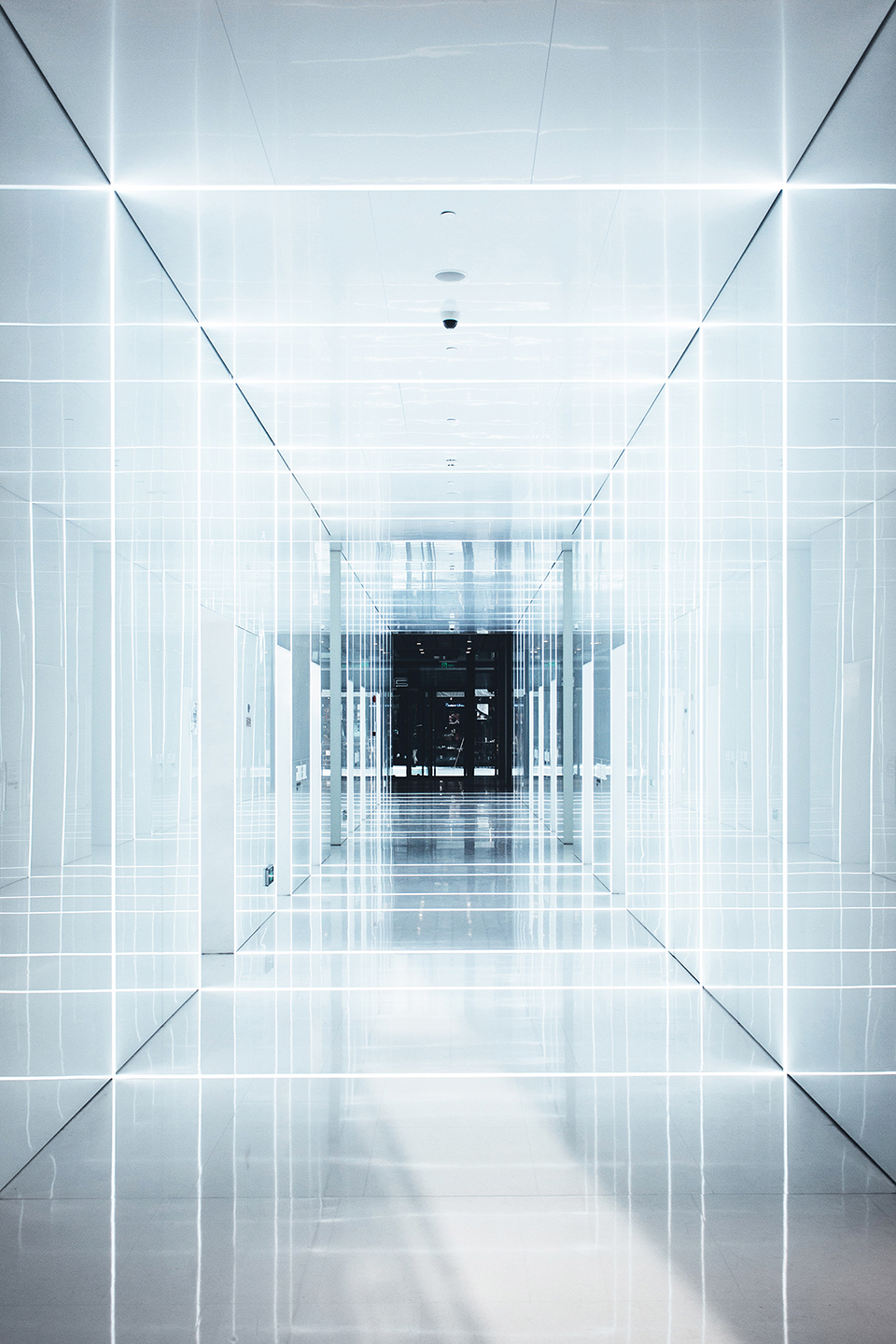Workers are anxious about AI in the workplace. Who can blame them? They’ve seen how automation can be used to their disadvantage and fear that AI will be used in the same or similar ways. But AI presents employers with an opportunity to improve their employees’ lives in uniquely positive ways.
Most of us are familiar with chatbots. Those little boxes that pop up with a cheery “Hello, may I help you?” as if a real person has noticed you making purchases you will regret at 3am and wants to assist. But what if these bots were able to make your staff more agile and give them the ability to make informed decisions quicker and with more insight? Utilizing learning technology such as chatbots that answer the most commonly asked internal questions, frees the knowledge holders from repeatedly addressing the same issues and allows them to focus on more important and innovative tasks. Companies that leverage AI, automation and machine learning to enable strategy, creativity and work-life balance will be the ones that are the most successful and that people will want to work for.
Is the best strategist in the world a bot? Probably not, but AI tools can already gather and analyze large amounts of data, suggest possible results, predict trends, and measure responses at unimaginable speeds. Many times we develop an unconscious bias directed toward the results or conclusions we are expecting. Fortunately for us, AI is able to identify trends or anomalies in data that we would never conceive. Did you know social posts get the most attention after an ad for dish detergent airs on TV? This fact probably isn’t true, but AI is able to make these kind of observations and equip companies with the ability to build a strategy for their products around it. Identifying these points of interest allows staff to look beyond traditional outcomes we have been programmed to seek, and begin to think more creatively.
And make no mistake, creativity is the wave of the future. Forbes reports that creativity will be the 3rd most important skill in the workplace on 2020. If employers can find a way to harness AI to enhance their employees’ creativity, they will be preparing themselves for future success. Without barriers to their creativity, employees can focus more on their process and engaging and collaborating with other employees. Especially considering that its use would also be beneficial to employees. People choose their professions because they want to do something meaningful and often what they find most discouraging is repetitive tasks that seem like either a waste of time or a barrier to the process that they enjoy. With the sorts of AI tools available these tasks can be reduced into manageable, bite-sized chunks that allow employees to skip the drudgery and head straight into creativity. These are repetitive tasks that can be reduced or limited in employees time schedules which would then allow them to finish their workday at a reasonable hour. Instead of working late to crunch those numbers, they could rest assured that they are backed up by the AI and get home before the sun sets. Or, at least, before dinner gets cold.
Employees who spend more time acting creatively are more likely to be engaged and active in their work processes. And these workers are more likely to be happy. Creating a culture of positivity and encouraging a healthy work-life balance is an essential aspect of keeping office morale high. Finding and maintaining the right balance is ever more important as workers age and companies grow. Employers should look at AI as another tool to help them assist their workers reach their professional goals and their personal goals and not just a way to reduce their costs.
Considering the ubiquity of AI technology, adopting its use seems like a foregone conclusion. The question is really whether you want to be ahead, leading the way or playing catchup?
